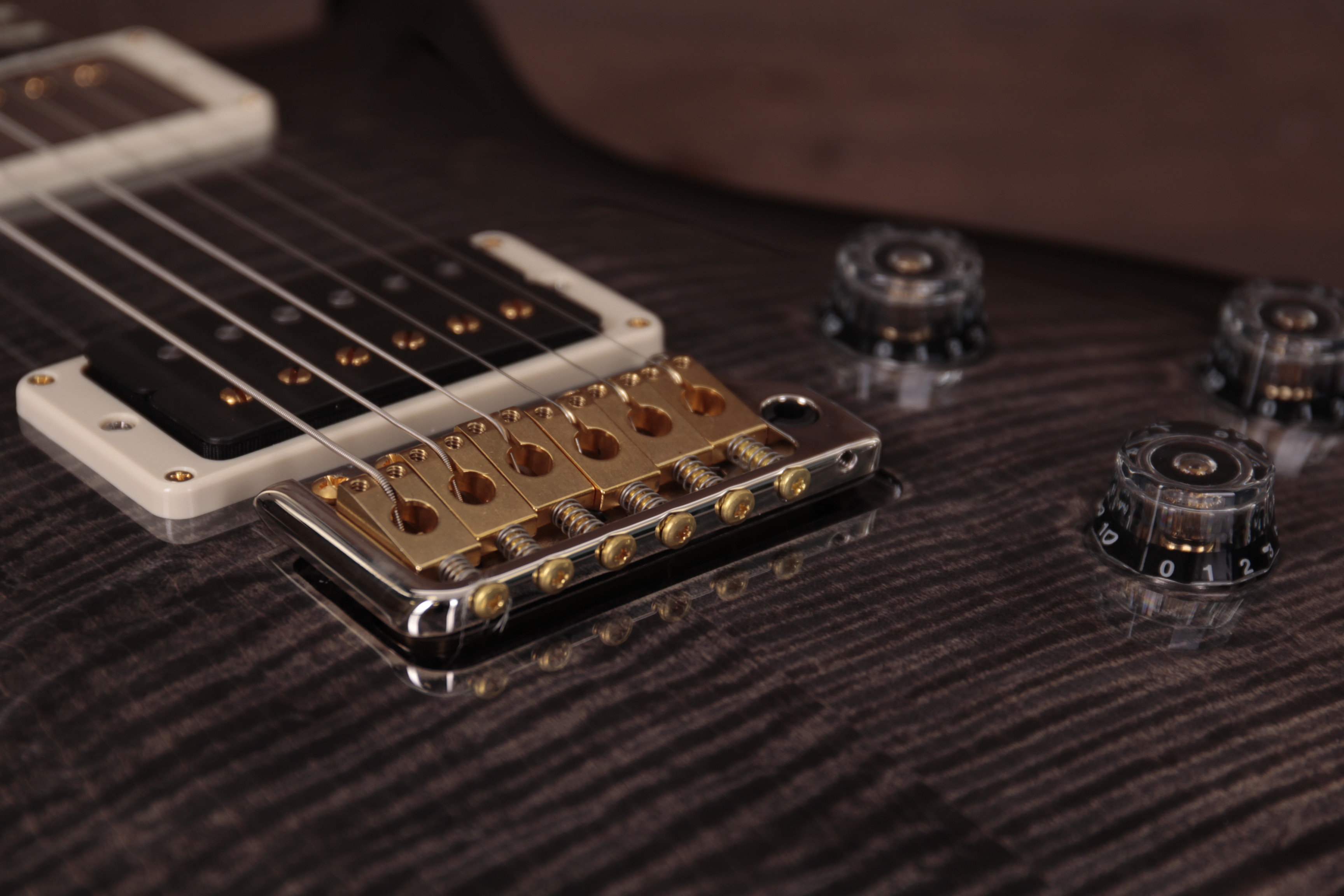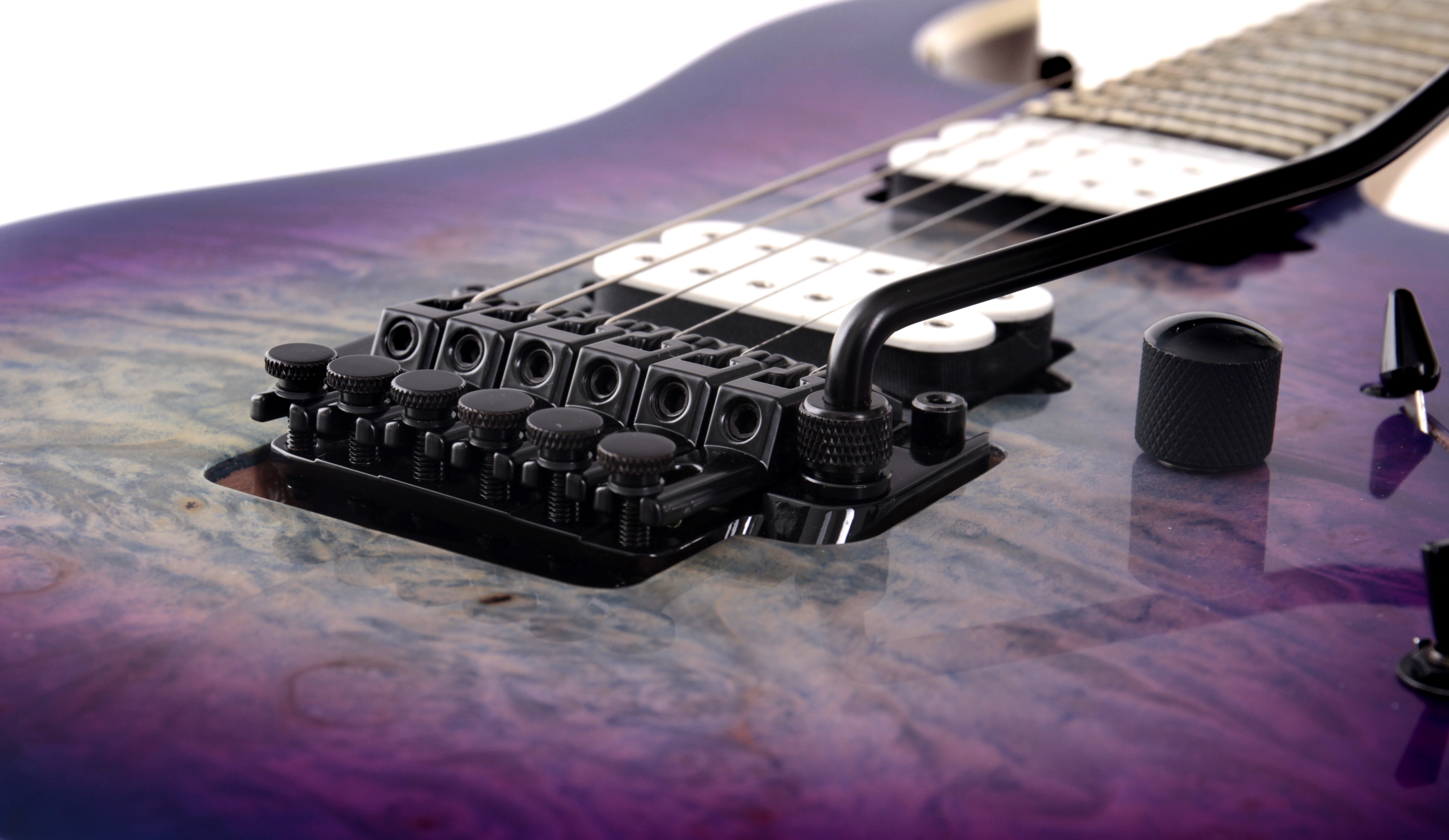Floating Bridge Guitars have carved a significant niche in the history of guitar music, offering players expressive capabilities beyond the traditional fixed bridge design. Emerging initially in the 1920s with archtop guitars, the concept gained commercial traction with innovations like the Bigsby vibrato system. However, it was Fender’s groundbreaking Stratocaster in the mid-1950s that truly popularized the floating bridge with its synchronized tremolo system. This design, allowing the bridge saddles and string ends to move as a unified piece, minimized tuning instability and set a new benchmark for tremolo systems. Fender further refined this technology in the 1980s by introducing a two-point system to minimize friction.
The core function of a floating bridge is to enable vibrato – subtle undulations in pitch – without relying solely on finger-bending techniques. Moreover, by manipulating the tremolo arm, guitarists can achieve dramatic pitch shifts, adding a dynamic layer of expression to their playing.
The evolution of floating bridges took a bold turn in the late 1970s and 80s with the advent of double-locking tremolos, most notably the Floyd Rose. This innovation coincided with the rise of glam rock and metal, genres that celebrated guitar virtuosity. Icons like Steve Vai, Joe Satriani, and Eddie Van Halen pushed these systems to their limits, crafting groundbreaking and sonically adventurous music.
 Electric guitar with a floating bridge
Electric guitar with a floating bridge
The Advantages of a Floating Bridge System
Floating bridges unlock a spectrum of creative possibilities for guitarists. Basic tremolo systems empower players to inject unique accents and smooth vibrato into their performances, enriching the sonic texture of their music.
Double-locking systems, on the other hand, are built for more aggressive vibrato techniques. They facilitate deep divebombs – achieved by pushing the tremolo arm fully – and rapid pitch flutters, adding dramatic flair to solos and riffs. Crucially, these systems enhance tuning stability by locking strings at both the bridge and the nut, minimizing unwanted detuning even under heavy use.
Ergonomics is another often-overlooked benefit. Many floating bridges feature flatter surfaces, offering a comfortable resting point for the picking hand palm, which can be particularly advantageous during extended playing sessions.
Furthermore, high-quality double-locking tremolos are renowned for their exceptional tuning retention. When properly set up, a guitar equipped with such a system can maintain its tuning for extended periods, only requiring minor adjustments using the fine tuners located directly on the bridge.
 Close-up of a Floyd Rose double-locking tremolo system
Close-up of a Floyd Rose double-locking tremolo system
Navigating the Drawbacks of Floating Bridges
Despite their advantages, floating bridges, particularly Fender-style systems, can present challenges concerning tuning stability. Executing extreme string bends can cause noticeable detuning, especially on guitars with lower-quality hardware.
Palm-muting, a technique widely used in rock and metal to create a percussive, dampened sound, can also be problematic with floating bridges. Applying excessive palm pressure can inadvertently sharpen all notes as the bridge is depressed, increasing string tension. This can be mitigated by setting the bridge flush against the guitar body, effectively converting it to a fixed bridge. However, this modification eliminates the upward pitch-bending capabilities of the tremolo, restricting its functionality to downward pitch changes.
String changes on floating bridge guitars, especially for beginners, can be a complex undertaking. Both Fender-style and double-locking systems utilize springs to maintain bridge suspension. While changing strings one at a time is recommended to maintain tension, it complicates fretboard cleaning.
Bigsby systems introduce a different set of challenges. Strings can occasionally slip out of their designated slots on the bridge during restringing, requiring a slightly different technique compared to fixed bridge guitars.
In conclusion, floating bridge guitars offer a wealth of expressive possibilities, empowering players to explore vibrato and pitch manipulation in exciting ways. However, they also come with certain trade-offs, particularly in terms of tuning stability and maintenance, which guitarists should carefully consider based on their playing style and preferences.

